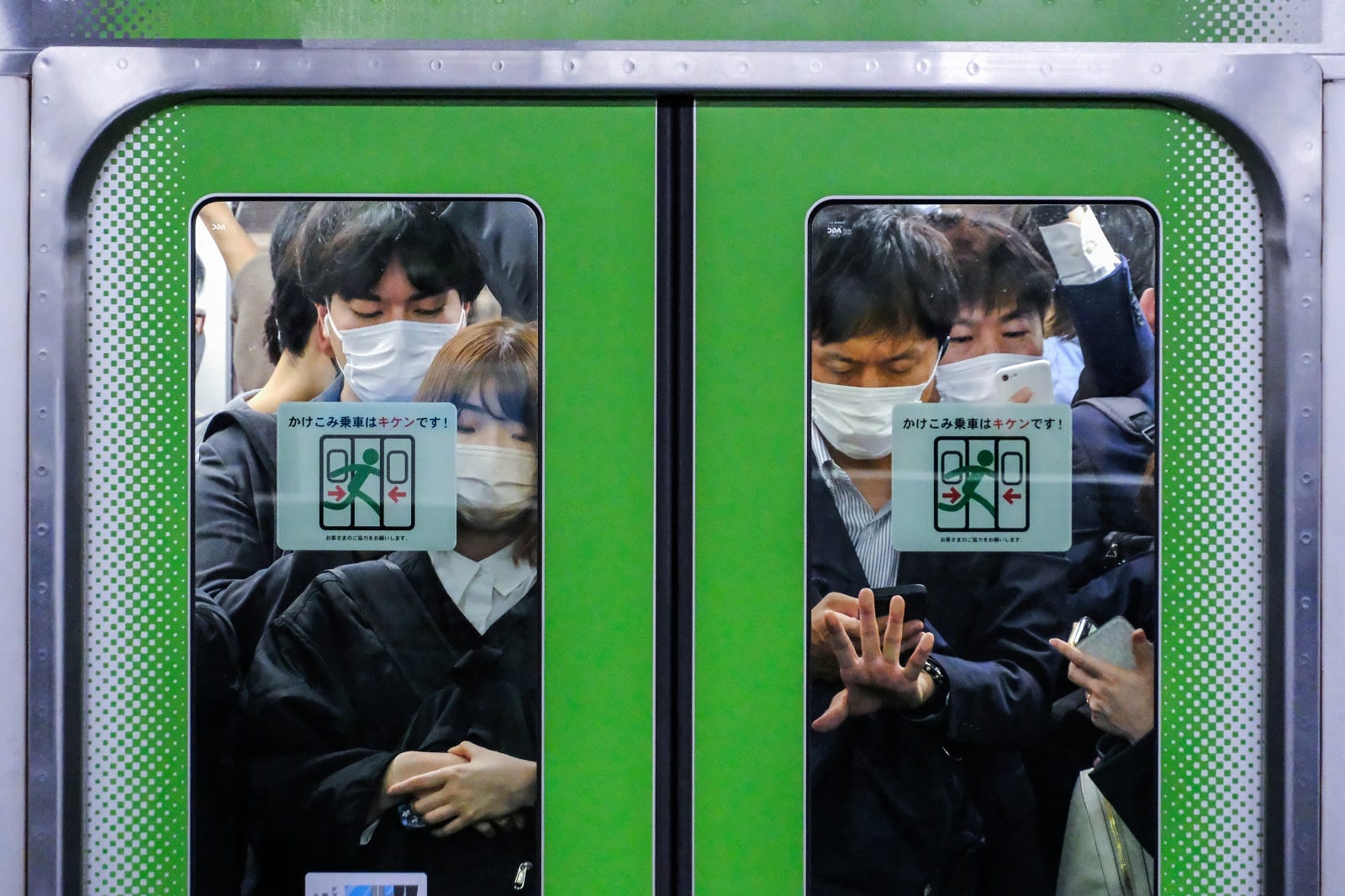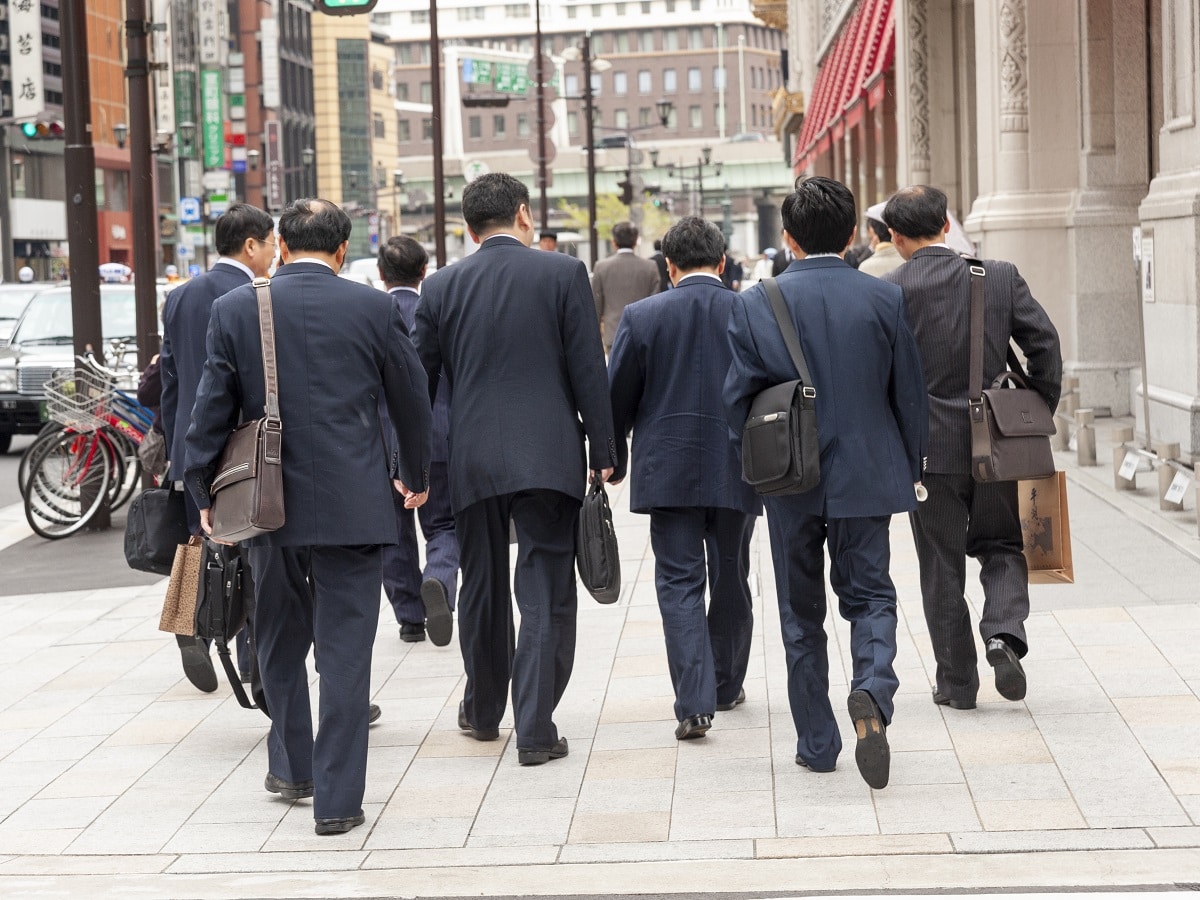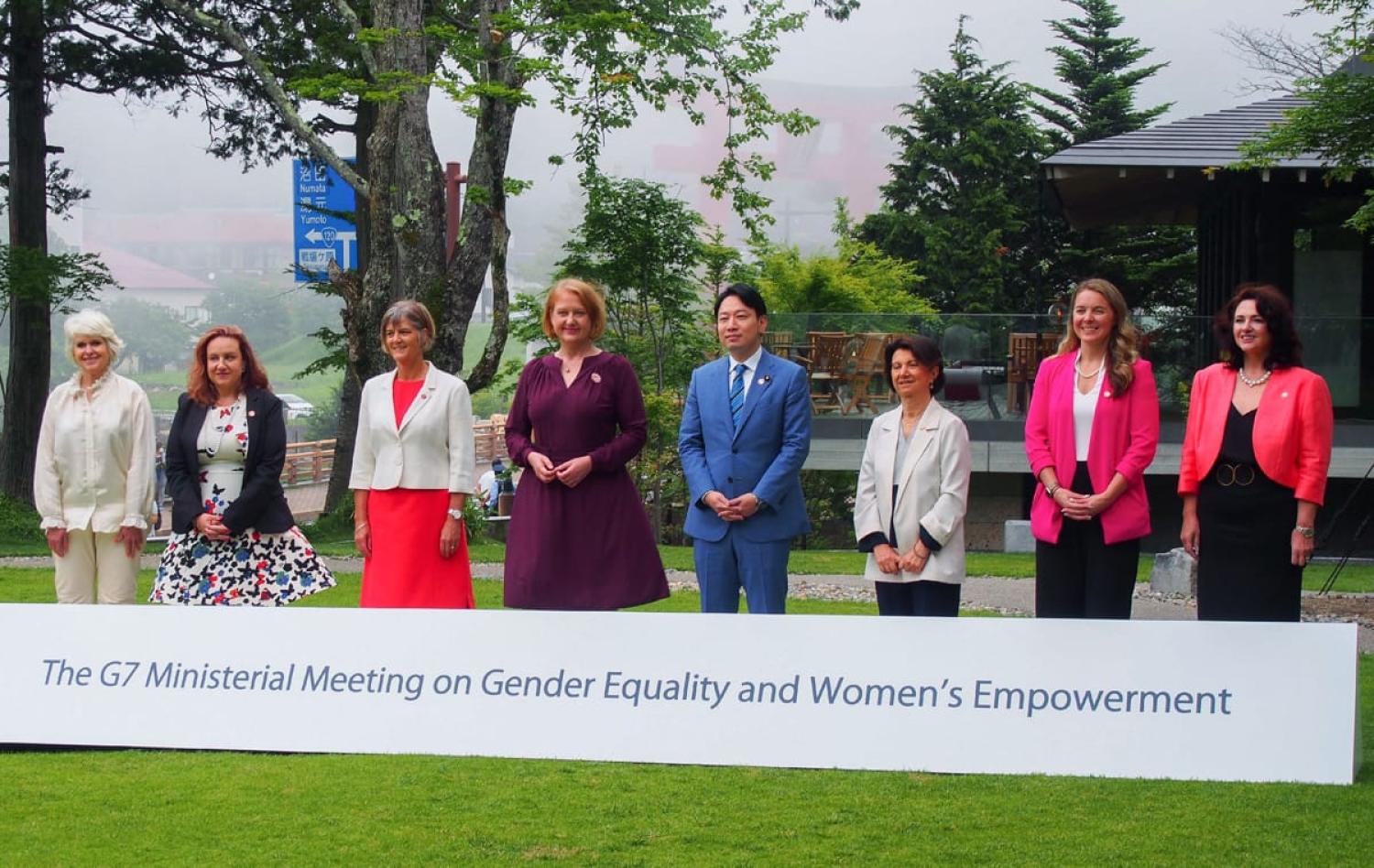During a summer break, The Interpreter will feature selected articles each day from throughout the past year. Normal publishing will resume 15 January, 2024. This article first appeared on 7 July, 2023.
When the Group of Seven (G7) nations gathered in Nikko, Japan for a two-day summit on women’s empowerment and gender equality on 24–25 June, more than a few eyebrows were raised. As the host and chair of the G7 this year, Japan was the only country to send a male representative to the meeting. TIME magazine called it “an awkward photo-op, highlighting Japan’s ongoing struggles with gender”.
The summit was held just a few days after the World Economic Forum released its “Global Gender Gap Report 2023”, which annually measures gender discrepancies across four key areas – economic participation and opportunity; educational attainment; health and survival; and political empowerment. Japan ranked 125 out of 146 economies – its lowest-ever position – lagging behind the developed world and other G7 members. In comparison, the second-lowest ranking G7 member, Italy, placed at 79. Regionally, Japan also ranked the lowest among 19 countries in East Asia and the Pacific, behind Fiji and Myanmar, who ranked 121 and 123 respectively.
Japan’s low ranking is due to poor female representation in the political and economic sectors. Gender parity is a huge challenge for Japan. The country’s rapidly ageing population and shrinking workforce have put its economy under strain. A study has found that the labour shortage will accelerate in the next decades, with an estimated shortfall of more than 11 million workers by 2040.
For an economy that struggles with labour shortages, women have long been an underutilised resource. Having achieved almost full parity in education attainment, Japan has one of the highest literacy rates globally, and 46 per cent of graduates from tertiary education are female. However, at the elite University of Tokyo, only around 20 per cent of undergraduates are women. In addition, several universities have been found to discriminate against female students. In 2018, Tokyo Medical University admitted to manipulating the test scores of female applicants for more than a decade to ensure more male doctors. The scandal led to other universities admitting to similar discriminatory practices.

Despite a large percentage of female graduates joining the workforce at junior levels, the female employment rate has tended to drop for women in their 30s as they take temporary or permanent career breaks to focus on childrearing. Recognising that Japan’s competitiveness and productivity depend on women’s increased participation, gender was one of the issues that former prime minister Shinzo Abe sought to tackle during his long tenure.
In September 2013, addressing the United Nations General Assembly, Abe stated his intention to create “a society in which women shine”. A key part of his signature “Abenomics” strategy, which was launched in the same year, was “womenomics”, aimed at boosting female employment rates to the level of other developed economies, and promoting women into management roles. He also pledged to invest more heavily in education and childcare.
Nevertheless, after a decade of “womenomics”, the results are not “shining”. While the Abe administration did raise women’s participation in the workforce, many of the new jobs were low-paying or non-regular (part-time or temporary with low security and few benefits). Japan’s non-regular workforce is almost 70 per cent female and more than half of female jobs are non-regular. The Japanese government also failed to reach its goal of having women in 30 per cent of leadership positions by 2020. Gender parity does not fare better in Japanese public life, with female participation in politics among the lowest globally. The current 19-member Japanese cabinet under Prime Minister Fumio Kishida includes only two women.
In June 2023, Kishida announced similar measures to tackle gender inequality, such as aiming for major firms to have more than 30 per cent female executives by 2030, but the target is not compulsory. As of July last year, 18.7 per cent of top-tier Japanese firms had no female board members and only 2.2 per cent had more than 30 per cent of executive roles filled by women. Kishida’s government also plans to take other steps such as expanding childcare benefits, supporting female students in STEM education, and investing in female entrepreneurship.
There are no quick solutions to the gender problem in Japan due to deeply rooted socio-cultural challenges. Historically, the societal ideal of ryousai kenbo – meaning good wife, wise mother – which was promoted during the Meiji period, rationalised the division of gender roles where men worked while women assumed sole responsibility for the household. This traditional expectation remained deeply entrenched within post-war Japanese society. Japan’s 2023 white paper on gender equality showed women bear disproportionate housework and childcare burdens even when the wife works full-time. The Covid-19 pandemic also worsened the gender gap in Japan, with female employees more likely to lose their jobs or face more employment penalties due to the additional hours needed for childcare during lockdowns.
More must be done to address these long-term challenges, including lowering systemic barriers to female attainment of higher-status jobs, reducing the gender pay gap, and improving work-life balance. These can be backed by more concrete policies such as setting mandatory gender targets and quotas in both the economic and political sectors. Increasing female political representation and elevating female voices in public life will be key to women’s empowerment and gender equality in Japan.


